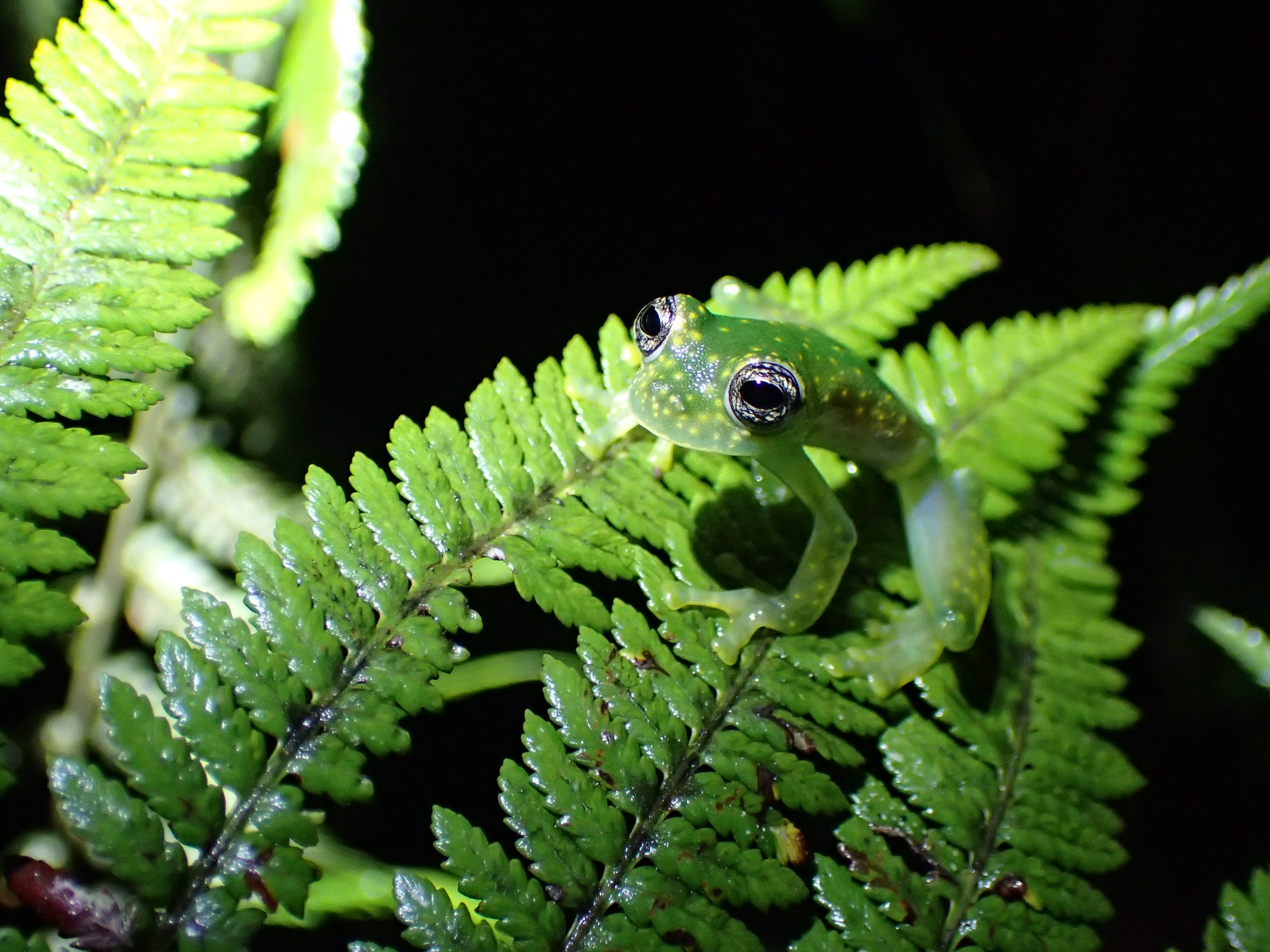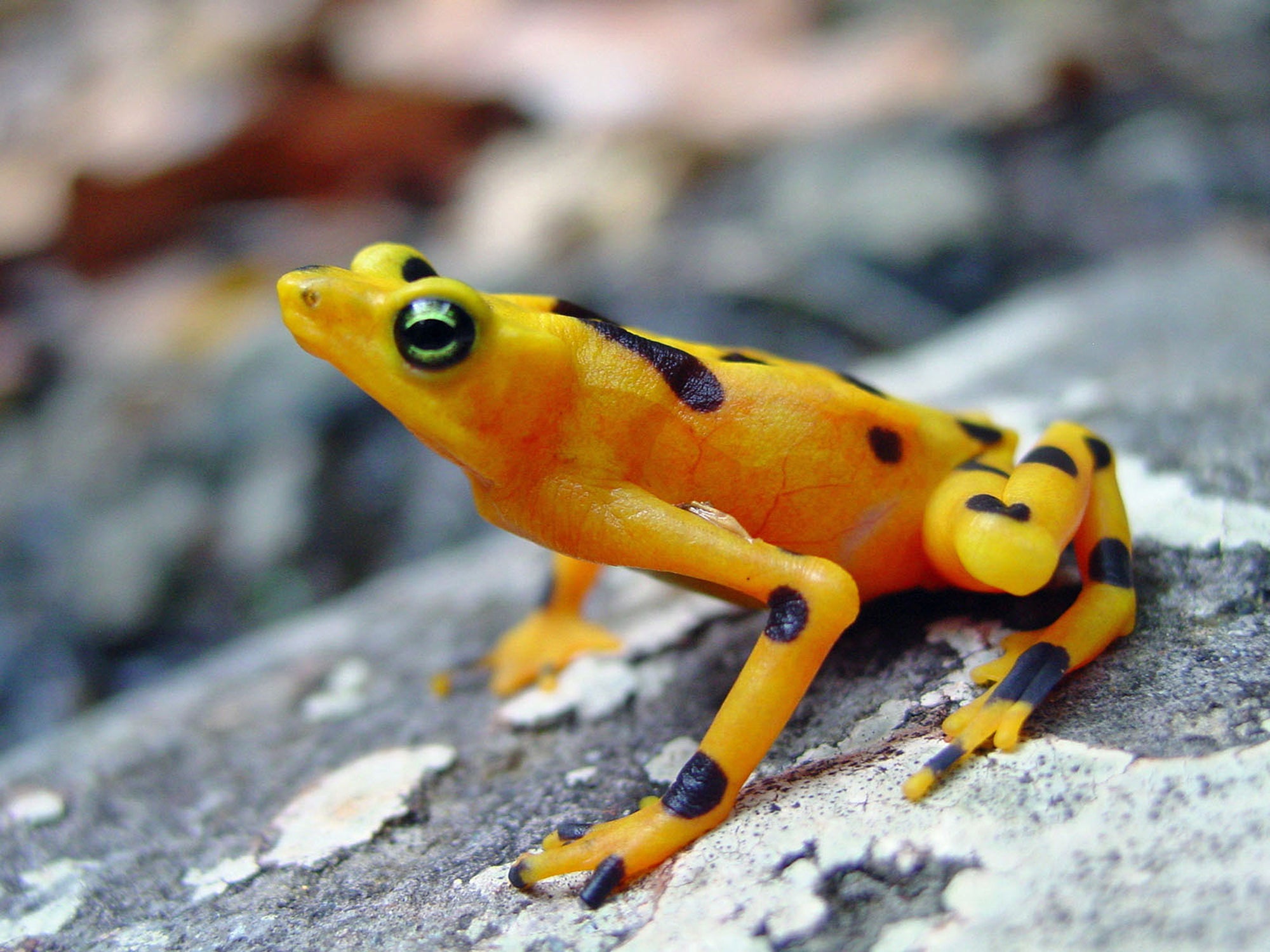Frogs are fighting back against deadly fungus responsible for ‘amphibian extinction crisis’
Panama study finds evidence of disease resistance in hard-hit populations following devastating epidemic
An epidemic that has decimated the world’s amphibians, wiping out many species altogether, could at last be coming to an end.
Since at least the 1980s, global populations of frogs and salamanders have been undergoing an “amphibian extinction crisis”.
Experts think over 100 species could be gone forever, and the populations of many more are severely depleted, thanks in large part to the spread of the deadly chytrid fungus.
"Imagine a deadly disease that affects not only humans but other mammal species like dogs, cats and cows," said Smithsonian Tropical Research Institute biologist Dr Roberto Ibanez, emphasising the scale of the epidemic caused by this fungus.
However, the results of a long-term study conducted by Dr Ibanez and his colleagues in Panama suggest the worst of this disease may have passed.
Following the epidemic’s devastating spread, some amphibians in the region appear to have developed resistance to infection.
By conducting post-epidemic analysis of 12 frog species, the scientists were able to obtain a status report on the Panamanian population.
They found that nine of the species, each of which had been driven to the brink of extinction, had shown considerable recovery in recent years.
The next step was to establish what had happened to save these amphibians from the fate that had met so many others.
Fortunately, another research team had observed the disease moving from Costa Rica to Panama around 10 years ago, and had gathered data on frog populations throughout the disease outbreak.

"Because we have pathogen and host samples from before, during and after the epidemic, we can ask whether some frogs survived because the pathogen grew weaker through time, or because the frogs' immune systems or resistance increased through time," said Dr Jamie Voyles, disease ecologist at the University of Nevada, Reno, and the first author of the study outlining these findings.
The scientists took more than 2,000 swabs of captured frogs’ skins, and found the prevalence of the disease-causing fungus had dropped compared to previous studies.
One reason for this could be that the fungus itself had become less potent, but analysis of samples taken from the frogs revealed this was not the case.
The disease-causing agent neither grew more slowly than it had done at the peak of the epidemic, nor were its interactions with frog immune cells any different.
In short, the researchers concluded, what must have changed was the frogs’ ability to resist the disease. These results were published in the journal Science.
This idea was confirmed when the scientists found frogs that had been kept in captivity away from the disease since before its outbreak were more susceptible to infection than their wild counterparts.
As the efforts begin to rebuild wild frog populations, this finding in particular will be crucial.

Although the fungus no longer has the deadly effect it once did on wild frogs, it is still lying in wait for any individuals that have not been lucky enough to develop resistance.
Dr Ibanez runs the Panama Amphibian Rescue and Conservation Project, and he said care would have to be taken if scientists intend to release captive frogs into the wild.
“It is extremely important for us to realise that the defences of these frogs may be weaker than the defences of frogs that survived the epidemic in the wild,” he said.
While we have not seen a disease outbreak on the scale of chytrid fungus in humans in recent years, the researchers noted that this kind of work has applications closer to home as well.
“It is vital to understand how disease transitions work – from outbreak, to epidemic to coexistence – and our results have implications for a skyrocketing human population facing emerging diseases with the potential to cause global pandemics," said Dr Ibanez.
Join our commenting forum
Join thought-provoking conversations, follow other Independent readers and see their replies
Comments
Bookmark popover
Removed from bookmarks